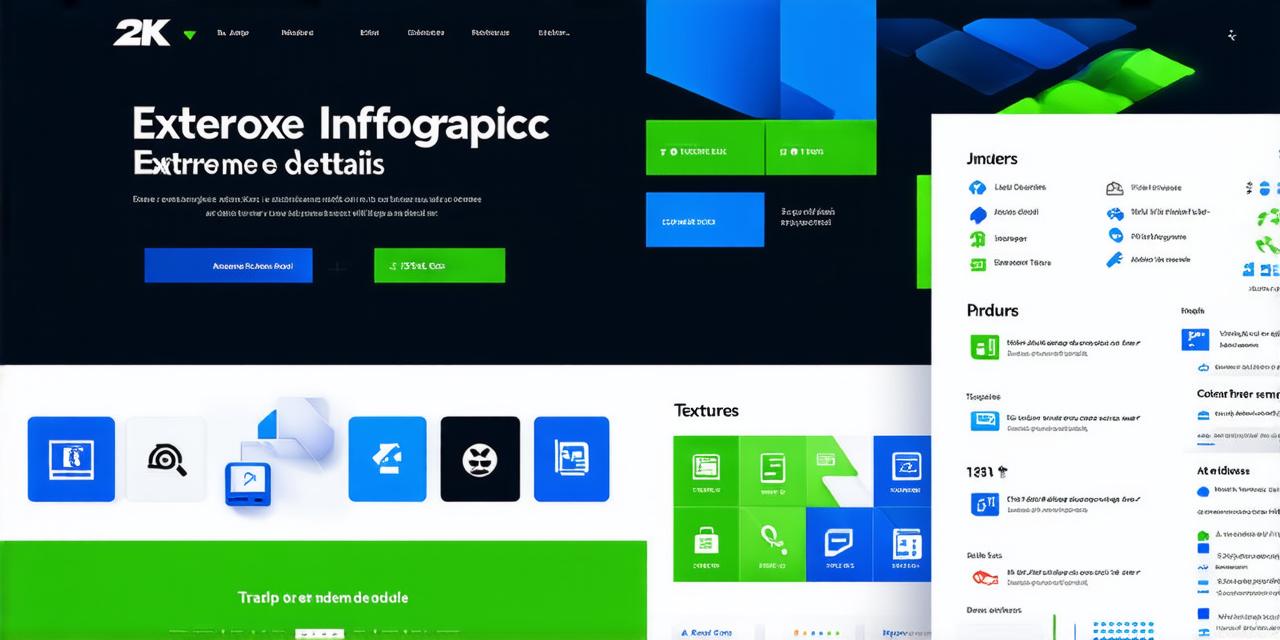How can web page design impact user experience?
BlogAs a web designer, you know that the design of your website plays a critical role in user experience (UX). A well-designed website can keep visitors engaged and encourage them to return. In this article, we will explore how web page design impacts user experience and provide tips for creating an effective and engaging UX.
The Importance of User Experience
User experience (UX) is the practice of designing products, systems, or services that are easy to use and enjoyable for the user. A good UX can lead to increased customer satisfaction, repeat visits, and even brand loyalty. According to a study by Nielsen Norman Group, 48% of users said they would cease using a website if they had a negative experience.
Web Page Design Elements that Impact User Experience
There are several design elements that can impact user experience:
- Navigation: A well-designed navigation menu can help users quickly find what they’re looking for on your website. Make sure your navigation is intuitive and easy to use, with clear labels and logical groupings.
- Layout: The layout of your web page can impact how users perceive the content and interact with it. Use a clean, uncluttered layout that makes it easy to scan and read the content.
- Color: The color scheme of your website can impact user experience by creating emotions and influencing moods. Choose colors that are relevant to your brand and audience.
- Typography: The choice of font, size, and style can impact how users read and engage with your content. Use legible, easy-to-read fonts in a variety of sizes.
- Images and Videos: High-quality images and videos can add interest and engage users on your website. Make sure your images and videos are relevant to the content and optimized for web use.
- Speed: The speed at which your website loads is critical to user experience. Users expect fast load times, and slow loading can lead to frustration and abandonment.
- Mobile Responsiveness: With more and more users accessing websites on mobile devices, it’s important that your website is optimized for mobile use. Make sure your website is responsive and easy to navigate on all devices.
Real-life Examples of Web Page Design Impacting User Experience
Let’s look at some real-life examples of how web page design impacts user experience:
- Amazon: Amazon is known for its excellent UX, with a clear and intuitive navigation menu that makes it easy for users to find what they’re looking for. The website also uses high-quality images and videos to showcase products and provide reviews and ratings, which can help users make informed purchasing decisions.
- Dropbox: Dropbox has an excellent UX, with a clean and uncluttered layout that makes it easy to upload and share files. The website also uses clear and concise language to explain its features and benefits, which can help new users understand how to use the service.
- Apple: Apple’s website is known for its sleek and minimalist design, with high-quality images and videos that showcase their products in a visually appealing way. The website also uses clear and easy-to-read fonts, which can help users read and engage with the content more easily.
Tips for Creating an Effective Web Page Design
Here are some tips for creating an effective web page design that will enhance user experience:
- Know Your Audience: Understand who your target audience is and what their needs and preferences are. Use this information to guide your design decisions and ensure that your website meets their needs.
- Keep It Simple: A simple and uncluttered design can be more effective than a complex one. Focus on the most important information and remove any distractions that might confuse or overwhelm users.
- Make It Fast: Users expect fast load times, so make sure your website loads quickly and smoothly. Optimize images and videos for web use and minimize the number of plugins and scripts.
- Use Clear Labels: Use clear labels and logical groupings in your navigation menu to help users quickly find what they’re looking for.
- Test and Iterate: Test your website with real users and gather feedback to identify areas that need improvement. Iterate on your design based on this feedback to create a better UX.
